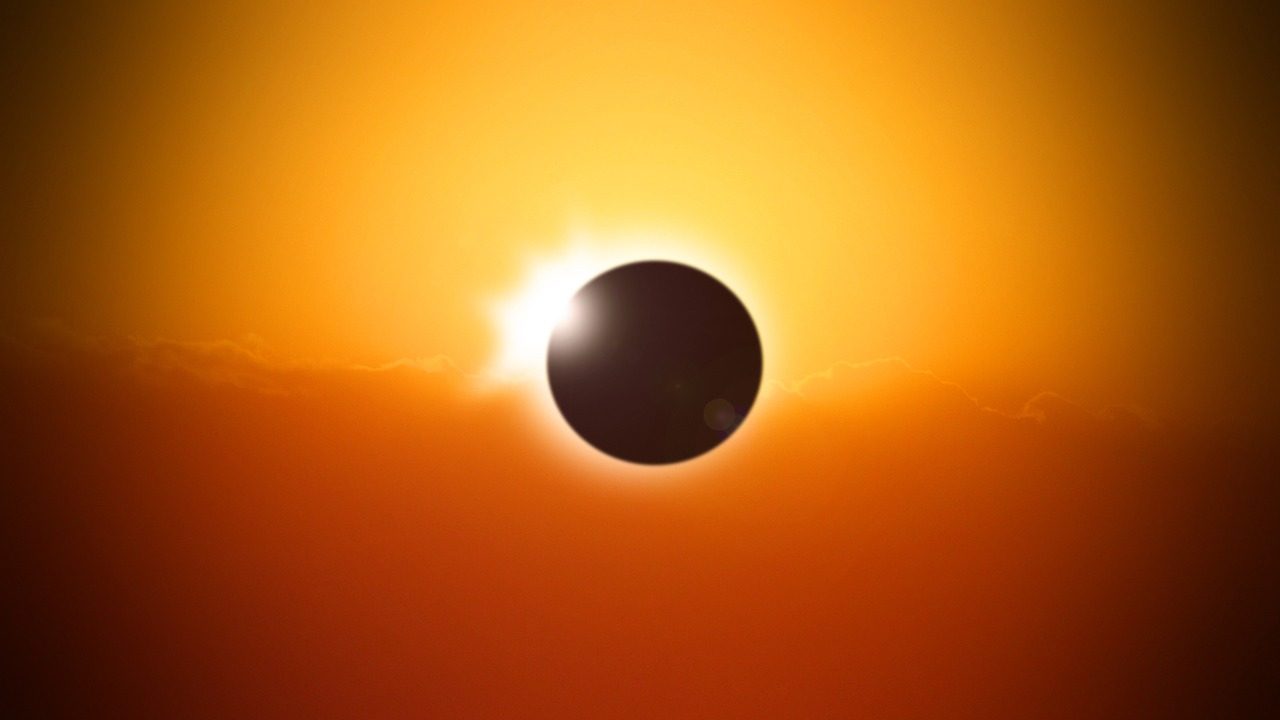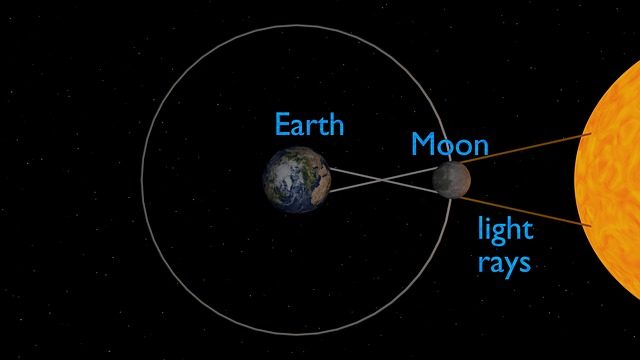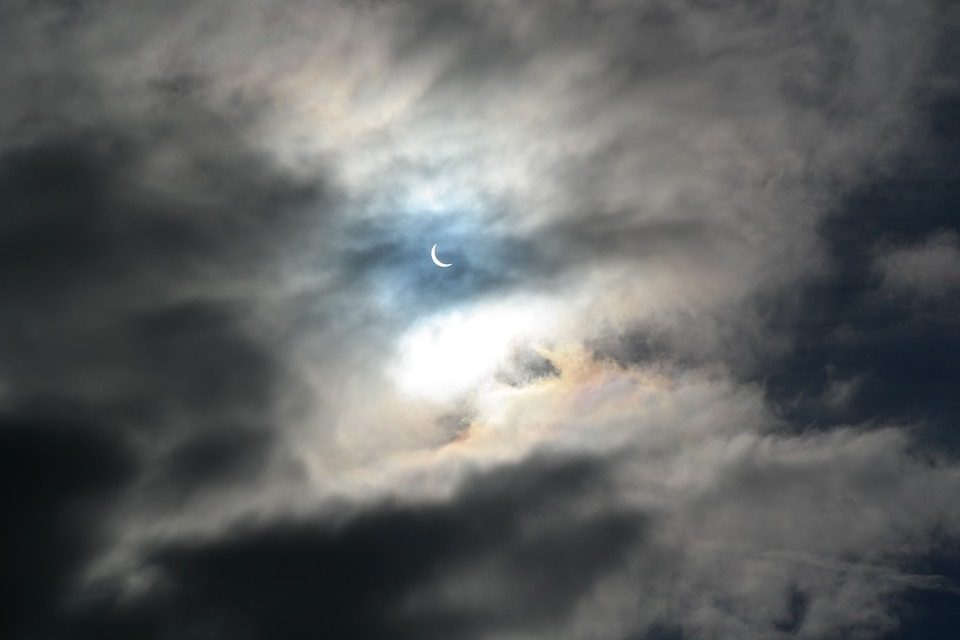Tomorrow, Monday the 21st August, 2017, a Solar Eclipse of a different kind will be experienced in the US after more than 99 years. This total solar eclipse is special to the USA because it will sweep across mainland US from East to West. The last time America witnessed this was in 1918. The next Solar Eclipse, similar to this one, will occur in 2024.
In Goa, however, the Eclipse will not be visible. Climatic changes due to the Eclipse may be witnessed, especially a drop in temperature during the period.
Time of Occurrence: It will begin at 1.15 pm EDT (10.45 pm IST) and end at 2.49 pm EDT (approx.12.19 am IST)
Total Solar Eclipse in India: India will witness its next total Solar Eclipse only in 2034.
A total Solar Eclipse occurs when the Moon completely covers the Sun. There are different phases of which two are most spectacular. 1) The ‘diamond ring’ and 2) ‘Bailys’ Beads’

“Observers outside this path will still see a partial solar eclipse,” said Sachin Bahmba, Chairman and Managing Director at Space Group, who is leading the team from India for the expedition.
Night-like darkness will be experienced across its path especially in 14 State of the US from Oregon to South Carolina for a period of two minutes in the middle of the day with stars visible in the sky. The atmospheric temperature on Earth is expected to drop during the Eclipse.

The entire Eclipse will be transmitted live via different news channels and space agencies. Space India will transmit it live on YouTube.
For astronomers and astrophysicists, this is a golden opportunity to study the sun’s corona which is only visible during a total Solar Eclipse. Besides being able to photograph different important phases of the total eclipse called ‘contacts’. However, what will be a treat to watch are the ‘Diamond Ring’ and ‘Bailys’ Beads’ phases which occur as pinpoints of light are visible due to the uneven surface (craters) of the moon.


